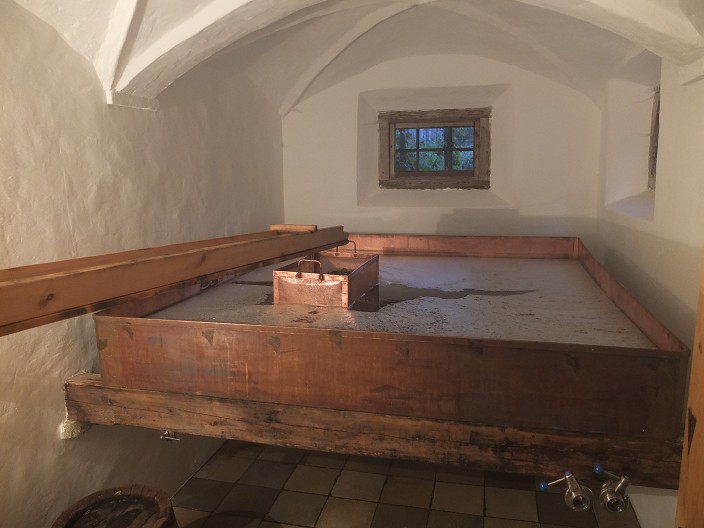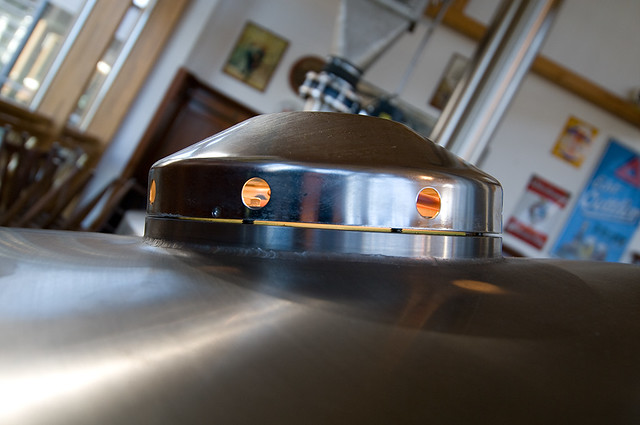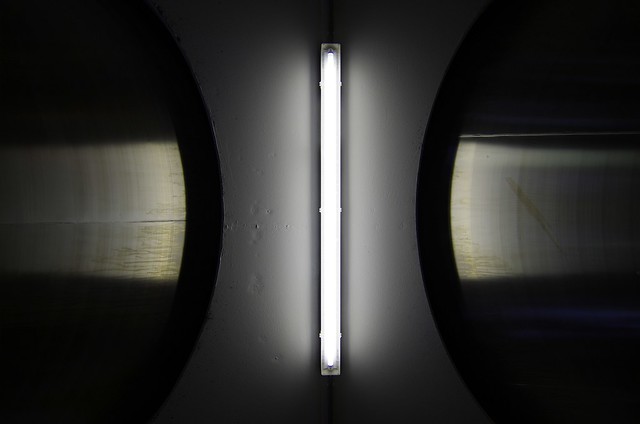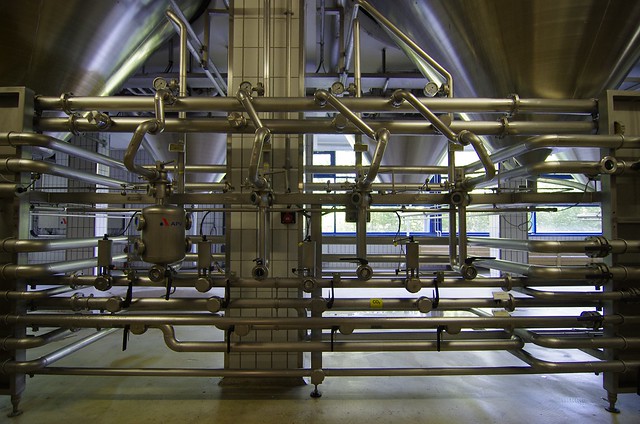Michael Nagel
Well-known member
When you taste a beer, you might appreciate its taste, color and the freshness - especially during summer. The hop in the beer you taste has a calming effect.
Here are a few sights on the traditional way of brewing in Bavaria - there are no pumps and stirrers. Everything is done by hand. I took the following set of eight pictures at an occasion where I brewed beer together with other people under guidance of a brewer. It was hard work.
This was taken after lautering - the fermentable liquid is boiling, in front you see a construction made out of wood which is called Bierleiter - the literal translation is beer latter. It is there to capture drops of the fermentable liquid which is scooped back into the copper after lautering.
Boiling:
After some time, hop was added, samples taken for testing:
Cooking finished - now it must be tranferred to the wort chiller.
...to be continued...
Best regards,
Michael
Here are a few sights on the traditional way of brewing in Bavaria - there are no pumps and stirrers. Everything is done by hand. I took the following set of eight pictures at an occasion where I brewed beer together with other people under guidance of a brewer. It was hard work.
This was taken after lautering - the fermentable liquid is boiling, in front you see a construction made out of wood which is called Bierleiter - the literal translation is beer latter. It is there to capture drops of the fermentable liquid which is scooped back into the copper after lautering.
Boiling:
After some time, hop was added, samples taken for testing:
Cooking finished - now it must be tranferred to the wort chiller.
...to be continued...
Best regards,
Michael






















